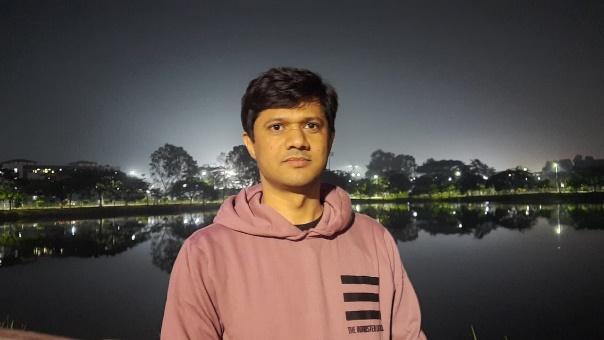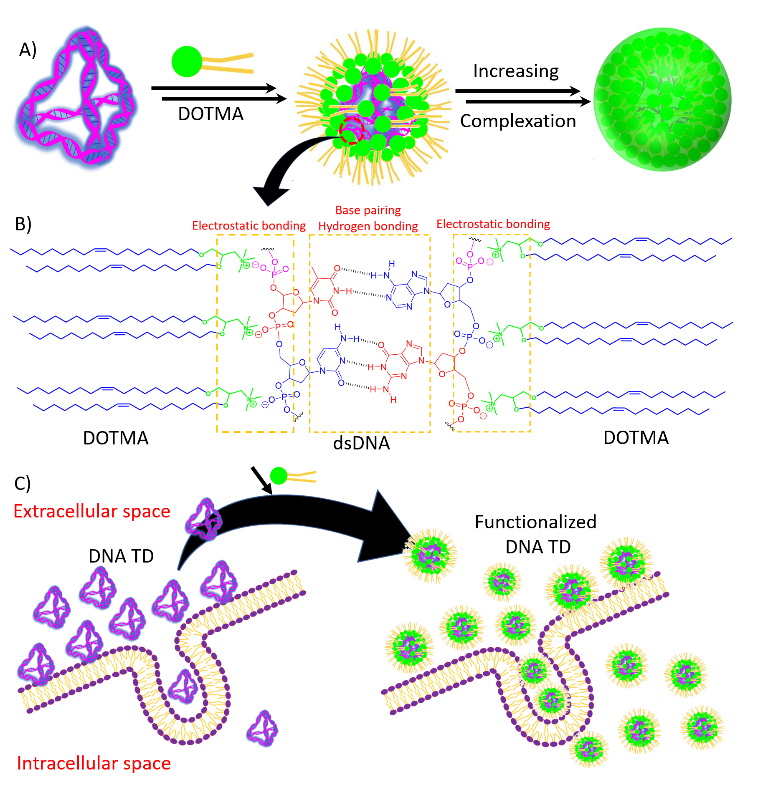About author
Dr. Ramesh Singh grew up in a small village Kwairala in the Almora district of Uttarakhand where he received his primary education. He completed his bachelor and Master (Organic Chemistry) from MB Govt. PG College, Haldwani, affiliated with Kumaun University Nainital. He passed UGC NET-JRF and GATE with merit. With this Doctoral Fellowship, he joined Dr. K B Joshi’s research group at Dr. Harising Gour Vishwavidyalaya Sagar, Madhya Pradesh, and earned his Ph.D. in Bio-Organic Chemistry. At present, he is pursuing his research as a postdoctoral fellow at the Indian Institute of Technology Gandhinagar under the supervision of Dr Dhiraj Bhatia. Dr Singh is a biochemist and is actively involved in the synthesis of self-assembling biomaterial using biomolecules such as peptides, Nucleic acid and lipids.


